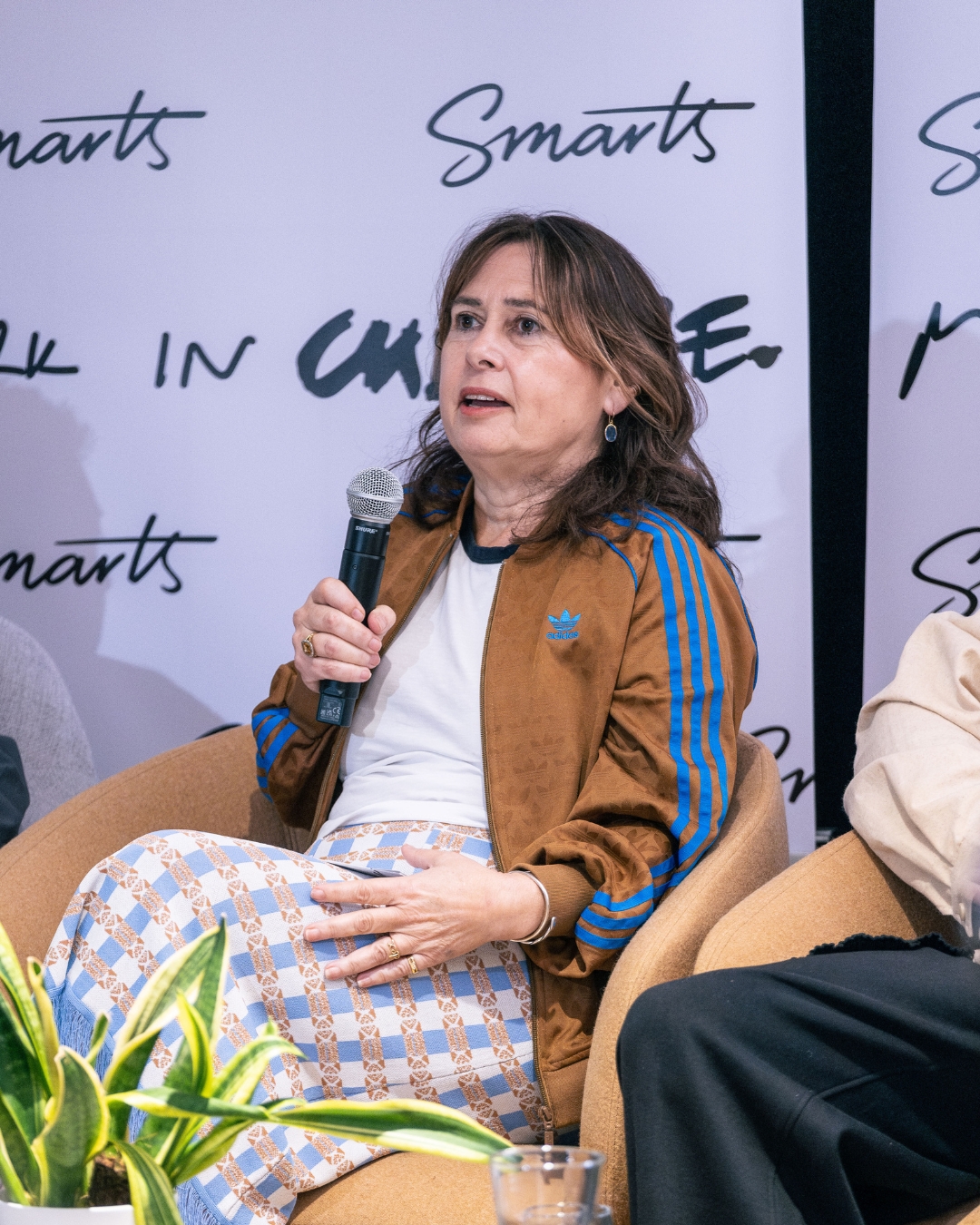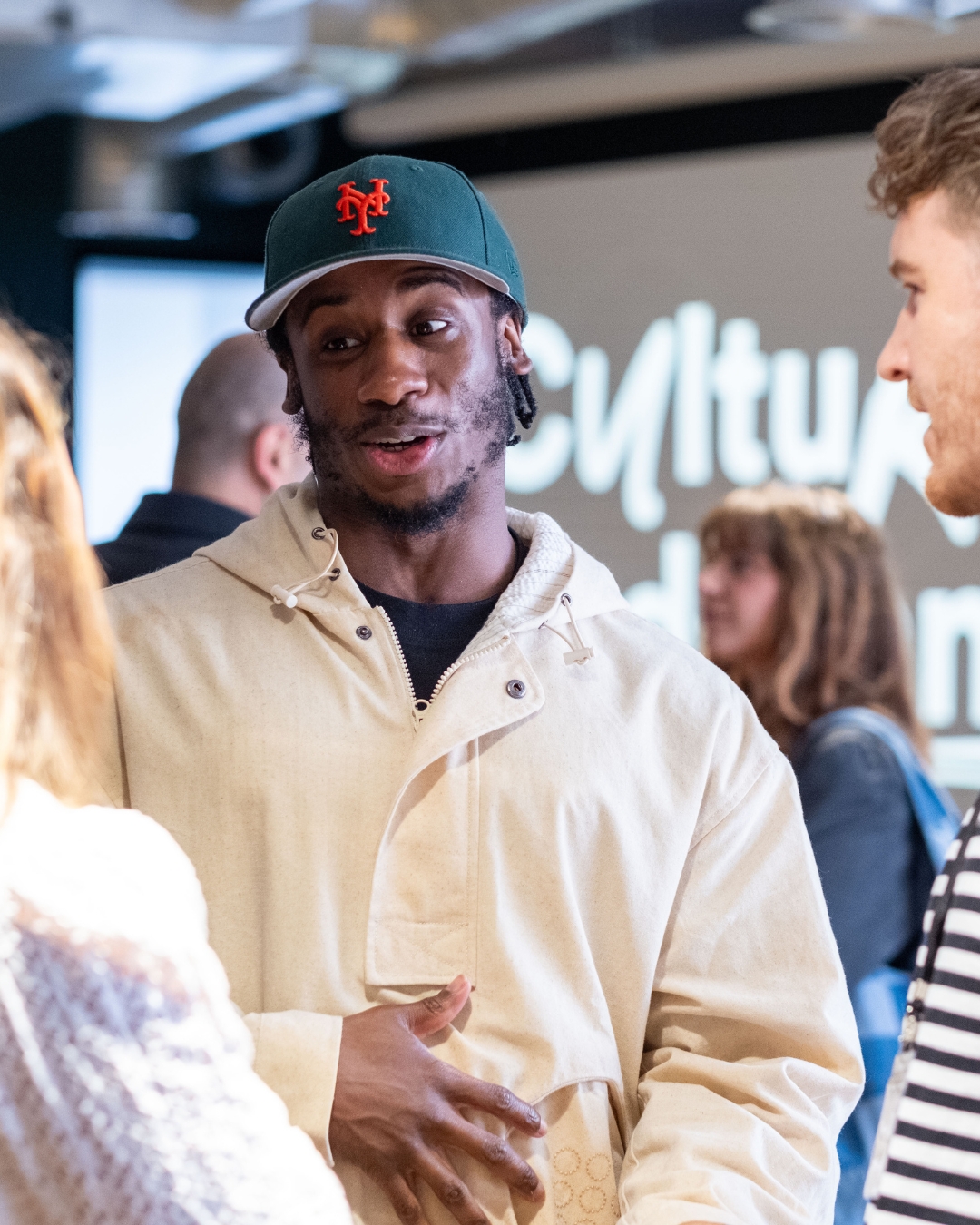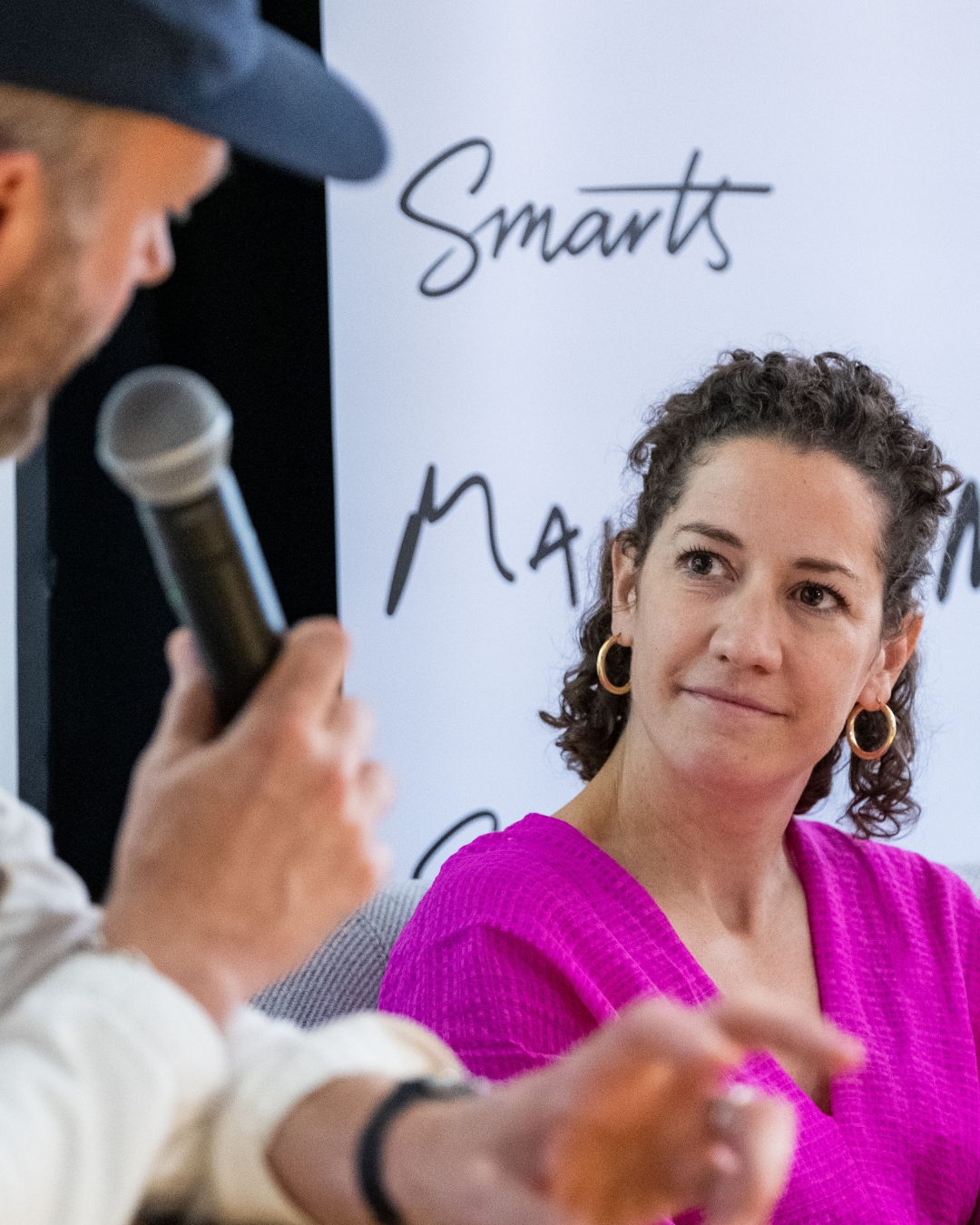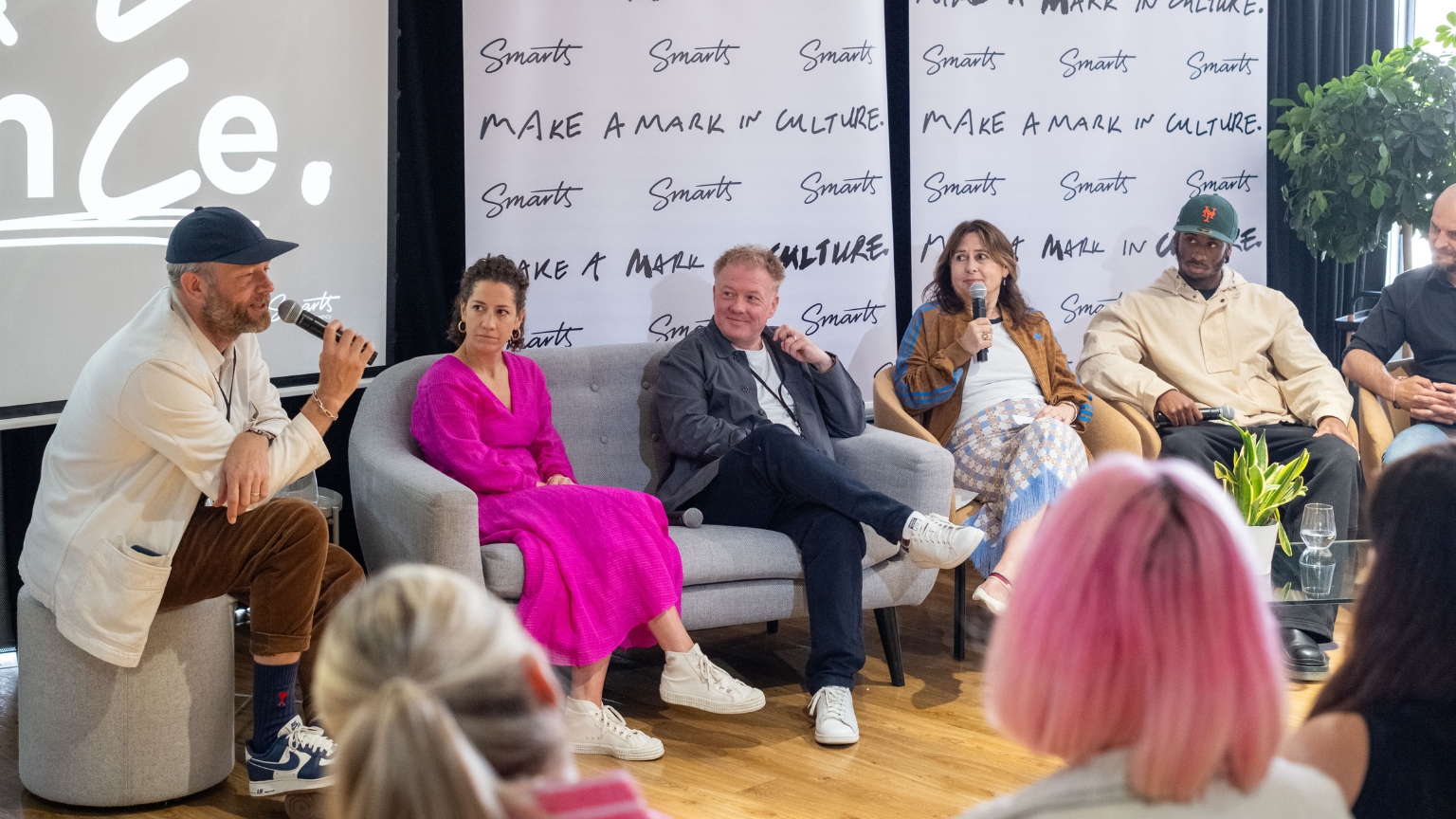How to make a lasting mark in culture
At the start of June Smarts opened the doors to its London office to welcome Alexandra Shulman, former Editor-in-Chief of British Vogue, and Dean George, Founder and Creative Director of Gauchoworld for an open discussion on how brands can build ‘cultural endurance’.
Cultural Endurance is about brands finding their place in the real world conversations people are having by consistently resonating with what matters to and interests people in culture. It is the governing thought at the heart of Smarts’ creative output because, in a rapidly changing world, the brands that meaningfully connect with their consumers through culture, are those that last.
Watch the highlights of
“Make A Mark In Culture”
The power of building long-term cultural presence and value is clear. Nike is an excellent example – it’s far easier for most of us to remember some of their greatest campaigns, underpinned by 35 years of commitment and consistent execution of the Just Do It tag-line, than it is to pick out the work of competitors who have changed their message dozens of times over that period. And the brand’s unstoppable growth against those competitors sets out the commercial rewards of that long-term focus, strategy and commitment. By finding a distinct place in culture and returning to it time again with renewed energy and creative force, Nike have woven themselves into the cultural fabric of people’s lives – they are more than ‘just another sports brand’ to people.

Speaking at the event Colin Corbridge, Group Head of Creative and Strategy at Smarts, explained, “We live in an era of increasing short-termism, ‘trends’ are no longer demonstrable changes evidenced and understood over time – now they are just what’s popular for a day or two. Chasing these fleeting 24 or 48 hour cycles of flashbulb fame with disconnected spikes of activity is no way to build a brand with meaning over time. In the two seconds of a consumer’s time that we get it’s impossible to do the job we need to do for brands if the consumer’s whole energy is spent trying to work out who we are in the first place – finding a consistent core and role to our brands is critical”
Alexandra Shulman, who has spent a career working with some of the most iconic, enduring brands in the world, reinforced the point, giving brands some strong advice honed over decades, “Don’t jump too quickly in to a prevailing wind…because it might change”. It can be tempting to chase trends, but, for brands who want to make a mark in culture not just show up there, it’s better to set them – and that involves giving real focus to your audience. Alexandra continued, “think about your relevance, and who you’re trying to be relevant to’.


That ‘audience-first’ mentality was picked up by Dean George who talked at length about the importance of community in building your place in culture – knowing who you’re ‘for’ and who you are ‘with’, keeping your blinkers on and staying focused on bringing something of value to those people. Dean’s point was clear, it’s people and what they do who ultimately make brands relevant – whether you’re a start-up or a blue-chip, the right collaborators, contributors, photographers and partners are “the vital cultural touchpoints that will help your brand to thrive and develop”.


Joining Alexandra and Dean on the panel were our good friends Andrzej Moyseowicz and Eleanor Lloyd Malcom from Freemavens – our sister data and insights company. Both Andrzej and Eleanor reflected on the importance of being able to deeply understand what you need to do to merit a place in culture, and how that resonates with your target audience. Eleanor issued the open question to guests in the room, “What is your ‘why’? – what are your cultural values, that will be true consistently over time, and how do they resonate with people in culture?”. Without clarity on those things it’s impossible to do more than just make a brief cultural cameo.
This thinking and the need to be able to quantify these important conversations around culture has led to a unique Cultural Endurance Model™ and measure, powered by the team at Freemavens. The new tool, which was unveiled in its beta format during the event, draws on more than 700m+ pieces of consumer data to analyse this question for specific individual brands – understanding and measuring a brand’s alignment to people’s values and its resonance in culture, from presence, to interest, buzz and advocacy. “It’s where maths meets magic”, explained Andrzej.
Over a rolling 90-minute set of conversations that covered high fashion, street fashion, data, brand insight and strategy, one message resonated above all, if brands want to show up in culture they have to commit to it.
Explore some of our work building brands with cultural endurance
